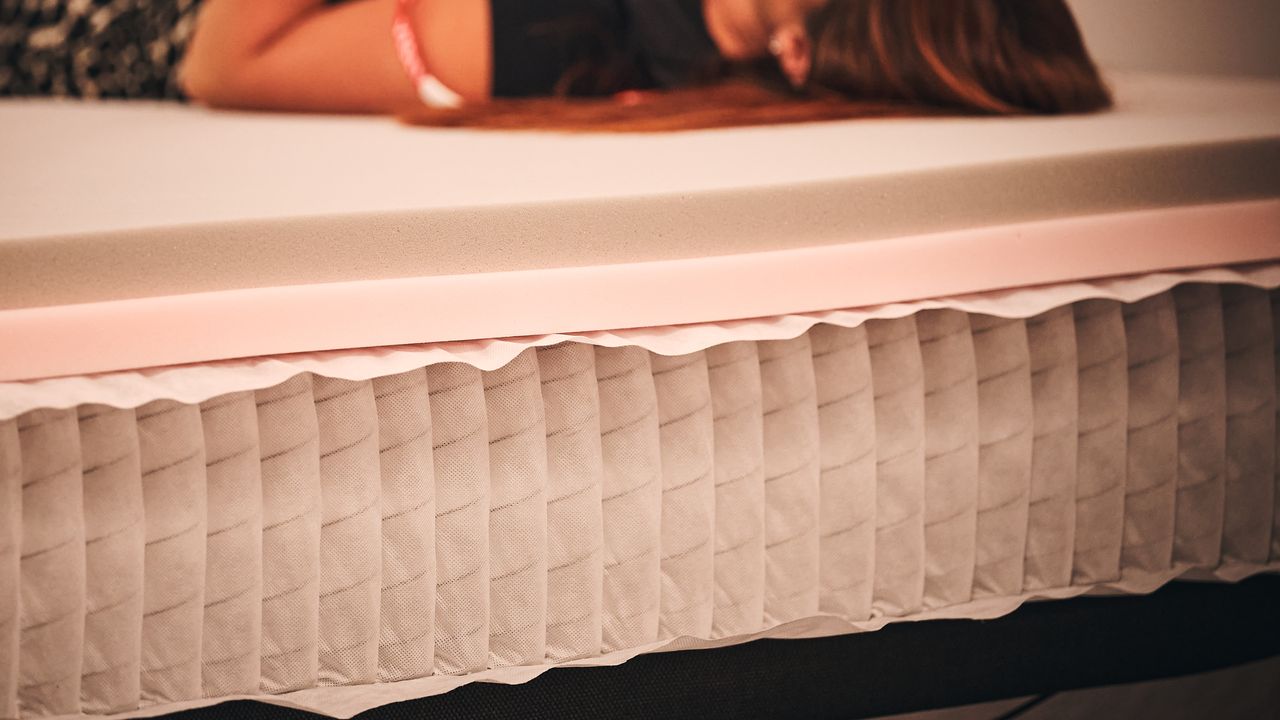
Coils comprise the support core of an innerspring or hybrid mattress, but did you know there are multiple types? While all of them are designed to provide support and add airflow, each type of mattress coil serves its own purpose, whether it's soothing your pressure points or reducing motion transfer.
Our best mattresses guide features hybrids that combine individually wrapped pocket coils with layers of foam. Traditional innerspring mattresses, meanwhile, may use Bonnell, offset, or continuous wire coils, but luxury innerspring models tend to favor pocket springs for their responsiveness and versatility.
Before browsing this month's mattress sales, know the differences between the common coil types and how they'll impact the overall feel of a mattress. Choosing the right type of coils can go a long way in improving your sleep.
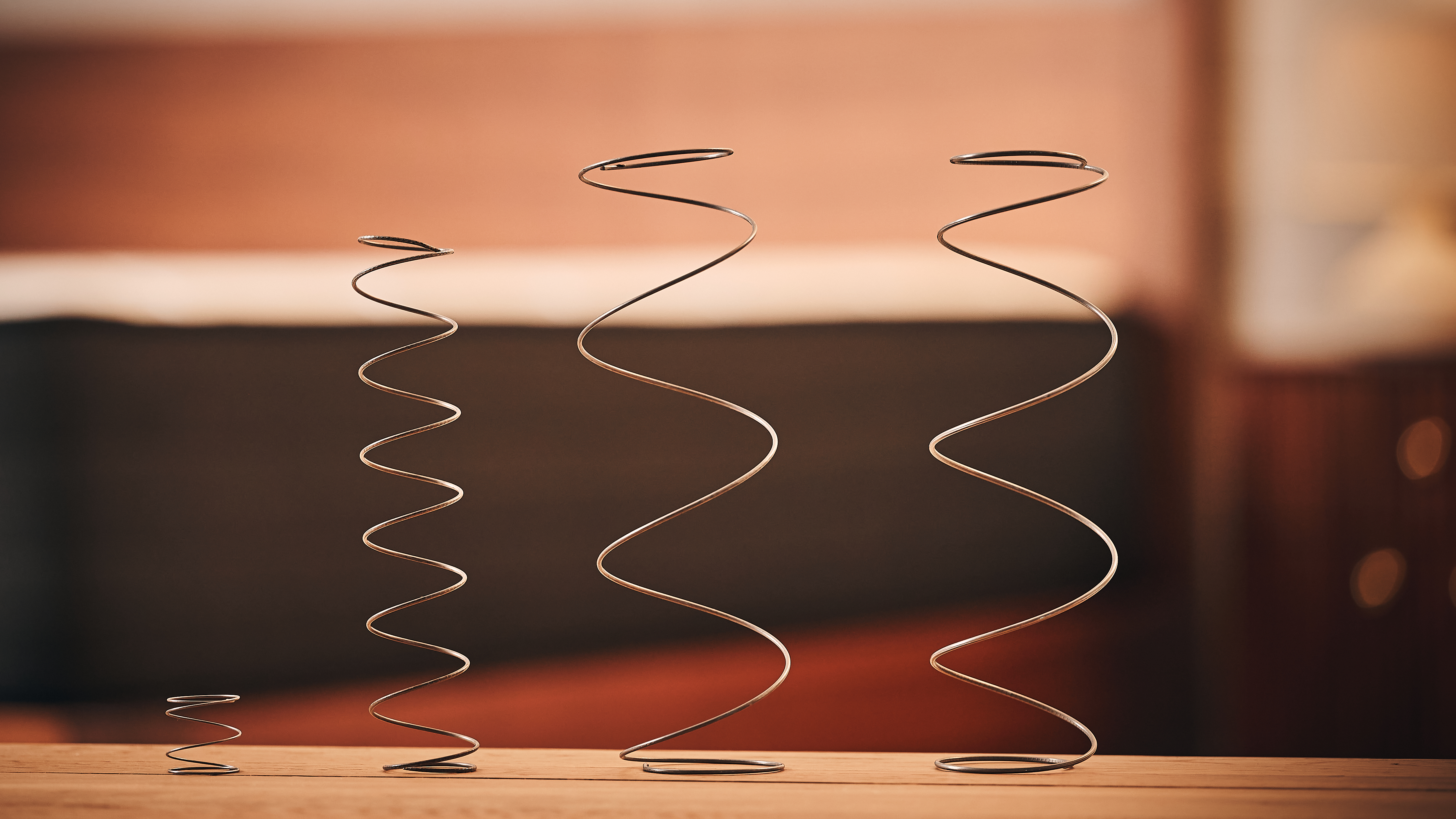
What are mattress coils?
Mattress coils (or springs) form the support base of an innerspring or hybrid mattress. These are usually made from durable tempered steel, so they're less likely to lose their shape over time.
There are five main types of mattress coils, each offering varied set of benefits such as motion isolation, breathability and pressure relief. The type of coils in a mattress can influence its overall feel and durability.
The five main types of mattress coils
1. Bonnell coils
Think traditional innerspring mattress, think Bonnell coils. These are also called hourglass coils due to their unique shape: narrow in the middle and wider at the top and bottom.
Bonnell coils are knotted at the end and interconnected by a helical wire, creating one unit that moves together. While this design helps with support, it also makes it inflexible, which can trigger your pressure points and transfer movements across the sleep surface, making them unsuitable for bed-sharers.
Since they're relatively cheap to produce, Bonnell coils are widely used in budget innerspring mattresses. They can be noisy and prone to premature sagging, so they're not ideal for long-term use.
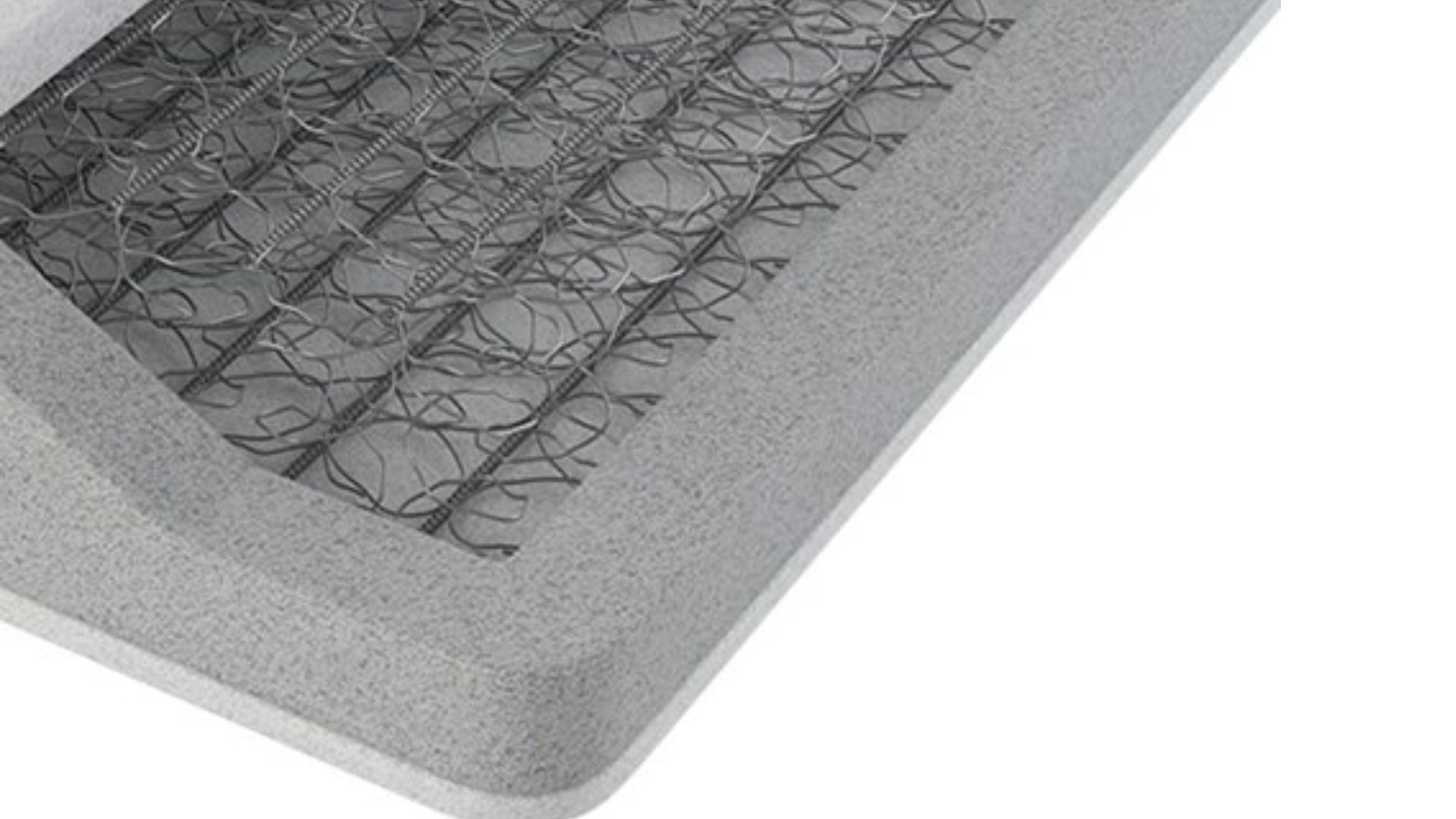
2. Offset coils
Offset coils are quite similar to the above, since they also feature an hourglass shape, but the edges are squared instead of round. How does that matter? This design gives them a better edge than Bonnell coils in terms of improved pressure relief, motion isolation, and overall support.
They're also quieter, which is a benefit if you need a good mattress for couples but don't like the slow-moving sensation of memory foam.
3. Continuous wire coils
Continuous wire coils are made by shaping a single strand of wire into a row of loose coils and then connecting those rows with helical wires.
Like Bonnell coils, continuous wire coils are relatively inexpensive to produce and provide stable support, but they offer minimal contouring and don't isolate motion very well.
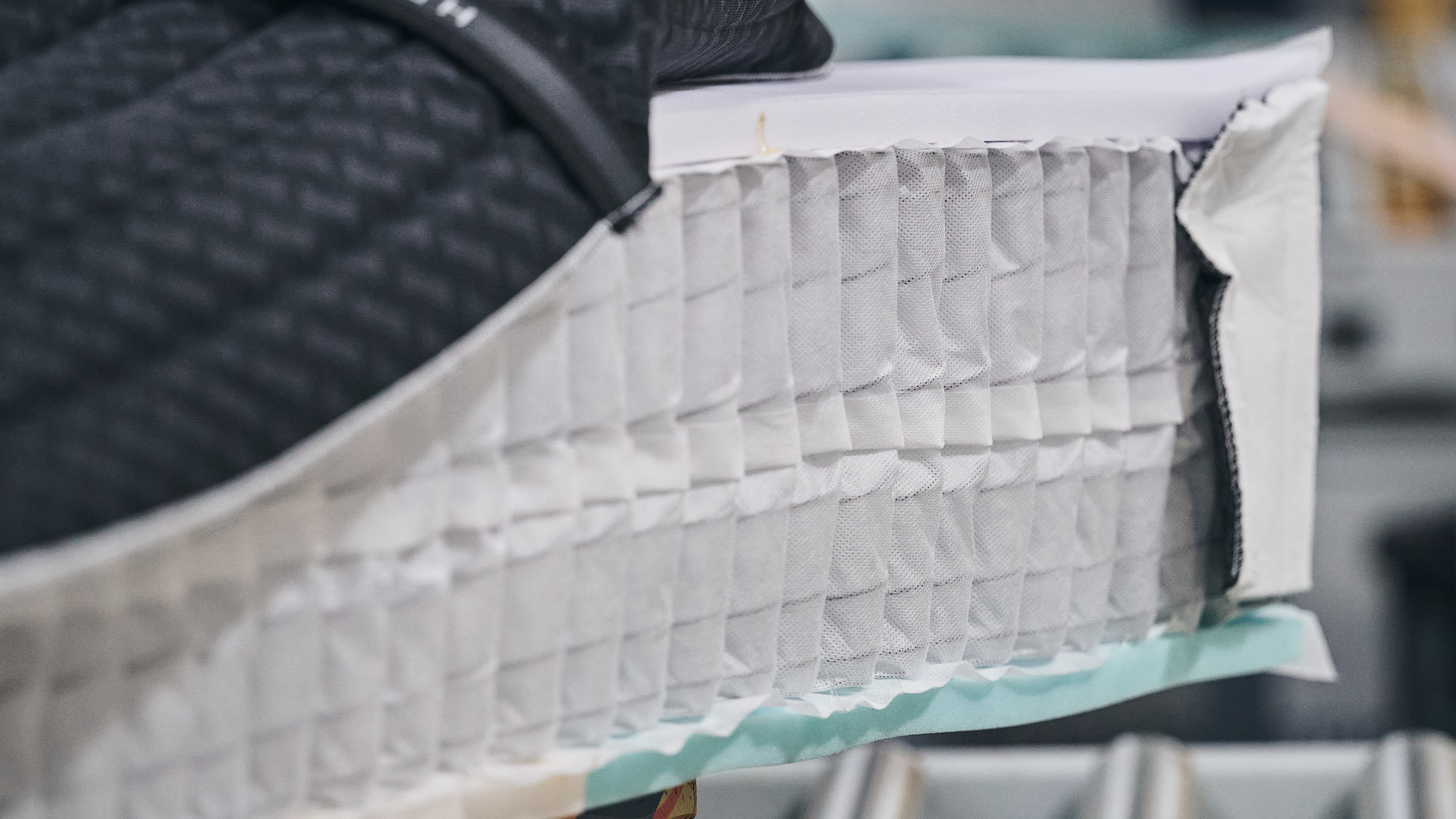
4. Pocket coils
Pocket coils are cylindrical springs individually wrapped in fabric and then glued or sewn together to form a support layer.
This design allows each spring to move independently, providing a balance of support and pressure relief that other coil types can't quite match. Since the coils are isolated from one another, they respond better to the body movements while dampening their transfer across the bed.
The best hybrid mattresses we've tested this year use pocket coils with comfort layers made of materials like memory foam, poly foam, latex, and natural wool. The diversity of materials found in hybrid mattresses can make them quite expensive choice over the other models.
5. Microcoils
Microcoils are shorter than standard mattress coils, measuring between 1" and 4" tall. For reference, standard coils are between 6" and 8". There are also nanocoils, which are less than an inch.
Unlike the other mattress coils on this list, microcoils are purely made for support. Because they're so flexible, microcoils are used to increase pressure relief, aid airflow, and add mild resistance to a mattress.
Thus, microcoils are included in a comfort layer or a transitional layer, and are either individually wrapped or sandwiched between two pieces of foam.
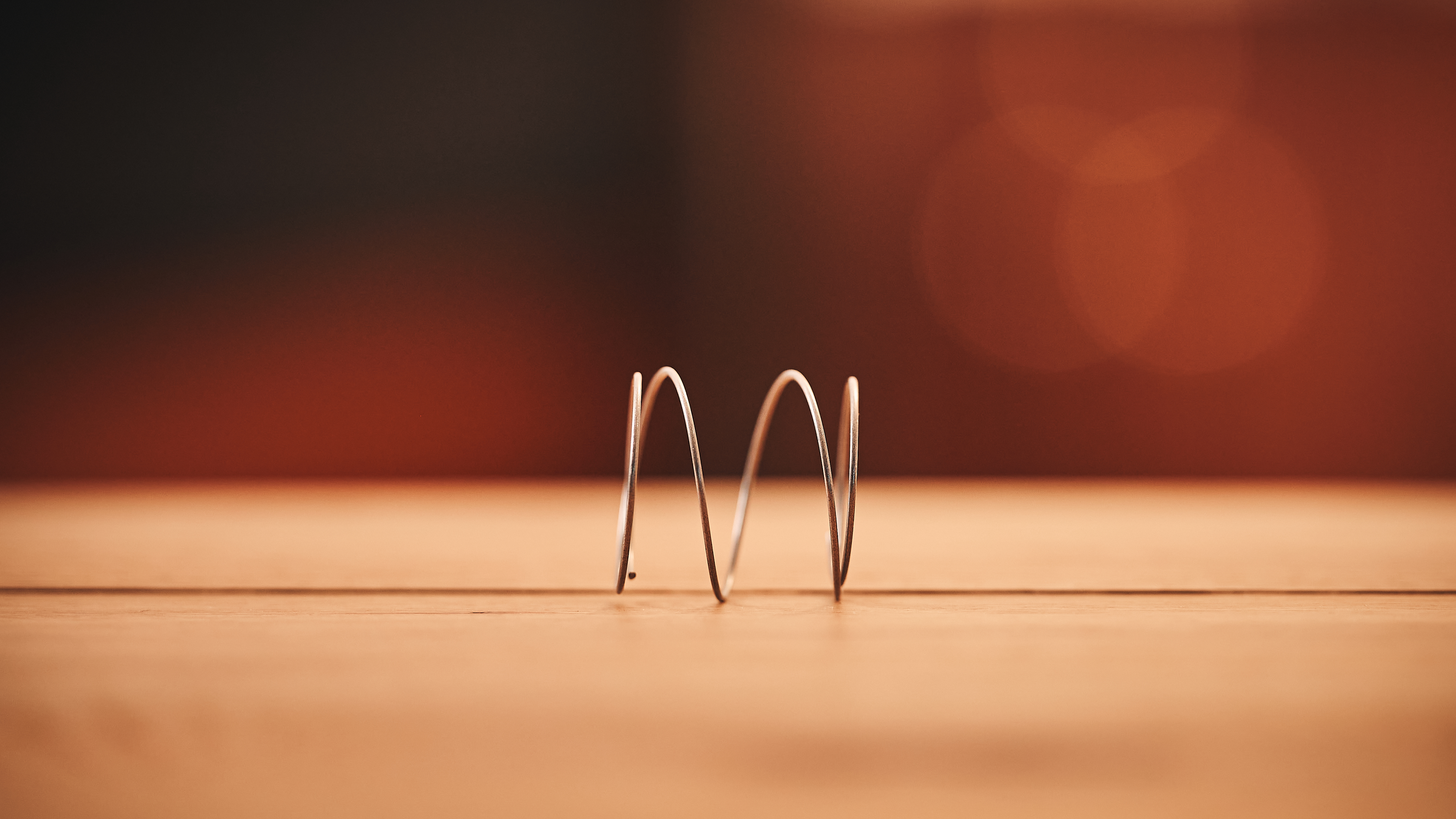
Mattress coils FAQs
What type of mattress has coils?
Both traditional innerspring beds and hybrid mattresses use coils as a support base, but they differ in overall construction.
An innerspring mattress generally uses Bonnell, offset, or continuous coils, which are then covered with materials like memory foam, wool, or fiberfill to create a comfort layer. While they used to be flippable in the past, modern designs are strictly made to be slept on just the top side of the mattress.
A hybrid mattress typically has a core of pocket coils with materials like foam, latex, memory, or gel-infused and/or wool acting as a buffer. They may also include microcoils for additional responsiveness and support.
Some hybrid models have extra gauge coils along the perimeter for strong edges and across the center of the mattress for targeted lumbar support. The latter is a feature found in many of the best mattresses for back pain,
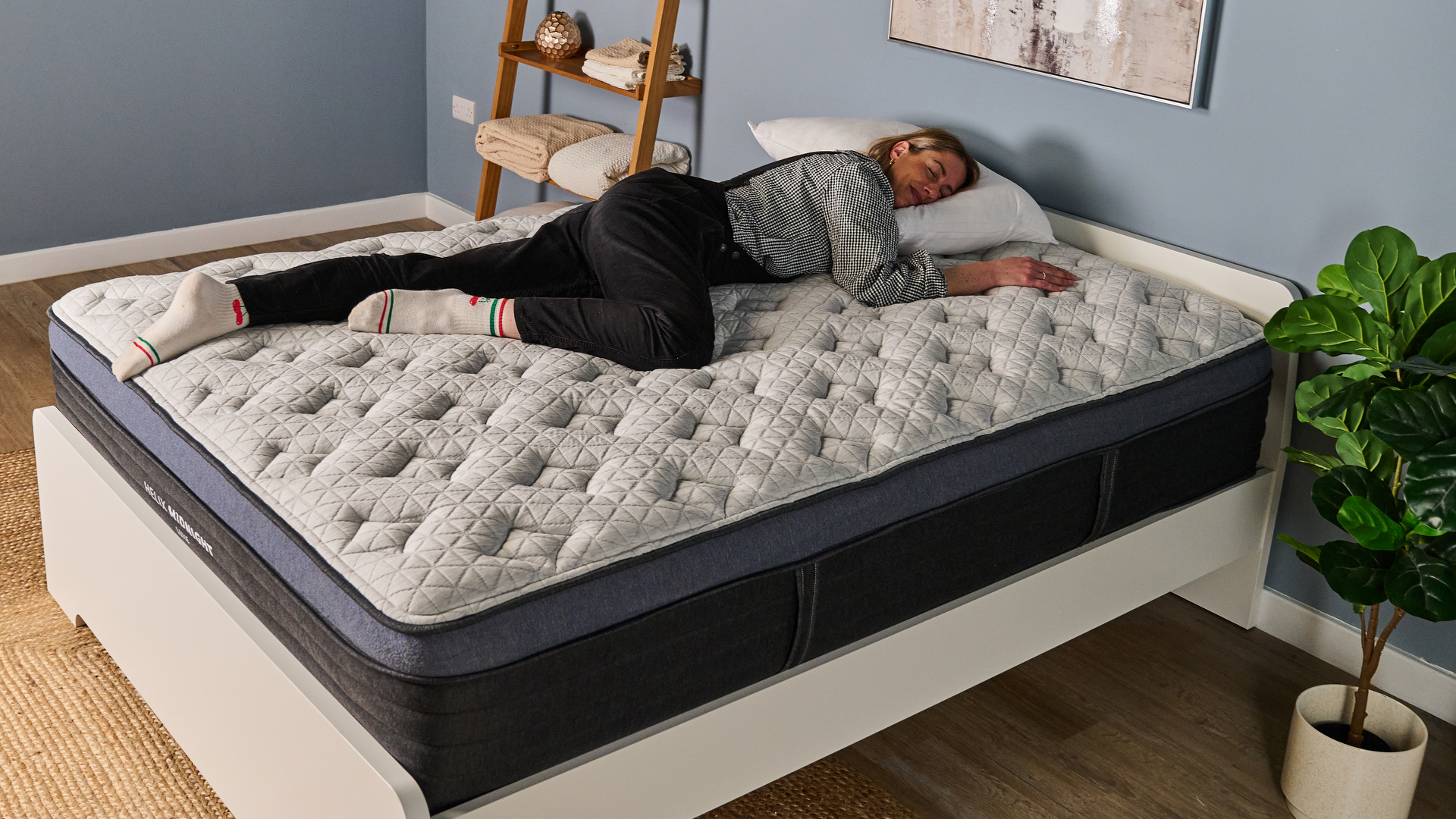
Does mattress coil count matter?
You might have heard of mattresses including over 1,000 coils for enhanced support, but does the number really make a difference?
As a general rule of thumb, a standard queen-size innerspring mattress should have at least 400 coils. That minimum coil count increases to 800 for pocket coils, as they're slimmer.
However, similar to bedding thread count, quantity doesn't translate to quality. What you need to pay attention to instead is the coil gauge, which indicates the thickness of the wire. The typical range is between 12 and 17; the lower the number, the thicker (and firmer) the coil will be.
This does not to mean you should avoid mattresses using thinner, higher gauge coils. They're a better option if you want a softer bed to cradle and contour.
Mattress coils vs memory foam: Which is better?
Modern mattresses don't necessarily require coils to deliver plush comfort and support for the different sleeping styles. A good example is our best memory foam mattresses. These use dense blocks of memory foam, known for their spongy cushioning feel, instead of coils.
Memory foam mattresses generally feature soothing pressure relief for your shoulders, hips, and knees while delivering exceptional motion isolation, which means you won't be struggling to sleep through your restless partner's tossing and turning in the middle of the night.
However, memory foam mattresses are infamous for trapping heat, although advancements in sleep tech now allow such beds to sleep cooler. The best cooling mattresses — whether hybrid or foam — reduce overheating and wick away moisture for fresh sleep all night long through breathable and/or specialist materials.
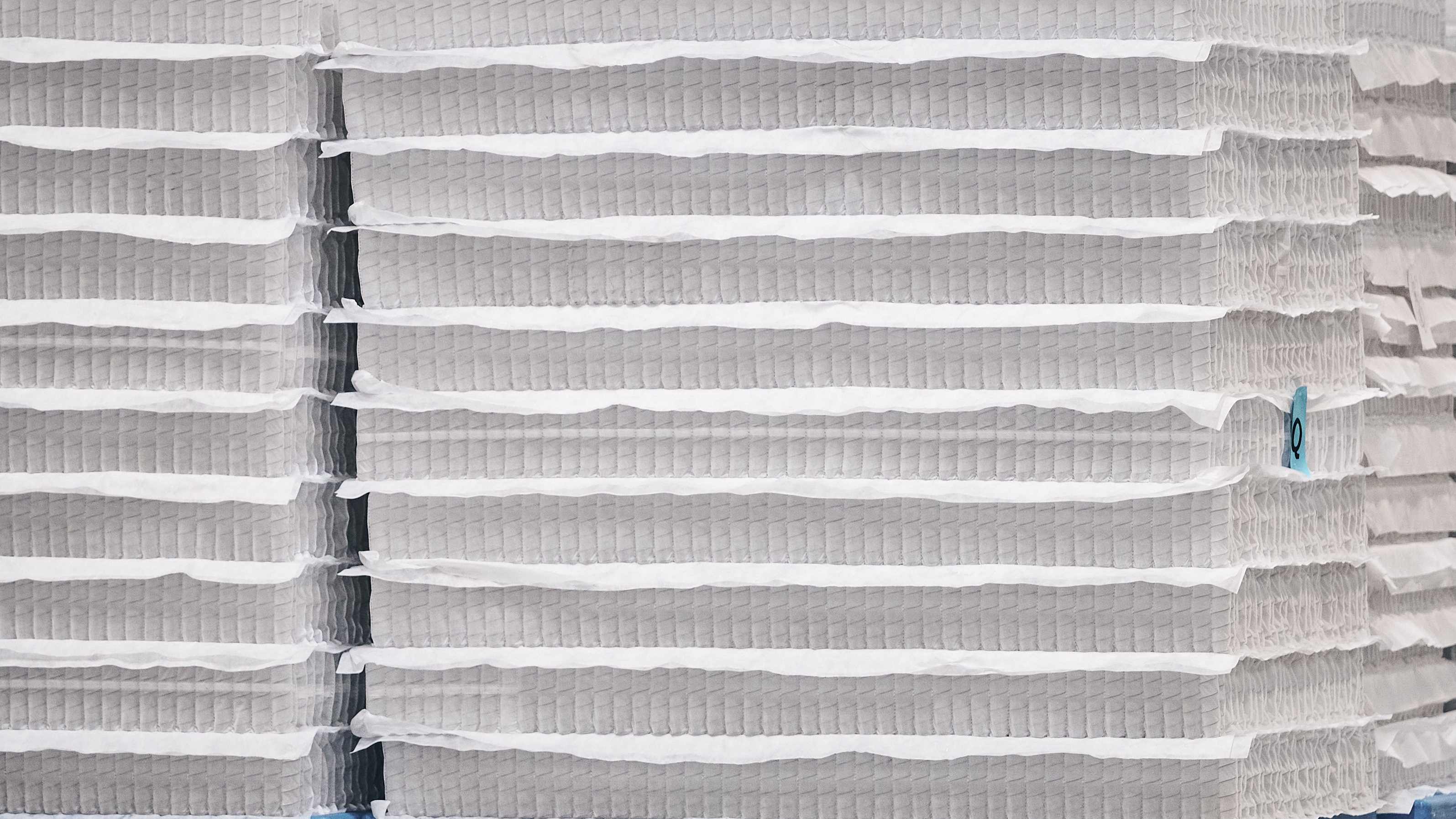
Coils, on the other hand, make a mattress more supportive and breathable. Traditional innerspring beds may not have the pressure relief or motion isolation of a memory foam mattress. This is why hybrids with pocket springs are so popular, as they combine the best qualities of coils and memory foam.
Choosing the 'better option' out of the two entirely depends on your sleep style and specific requirements. Knowing how to choose a mattress based on your needs and preferences will make the selection process much less stressful.







